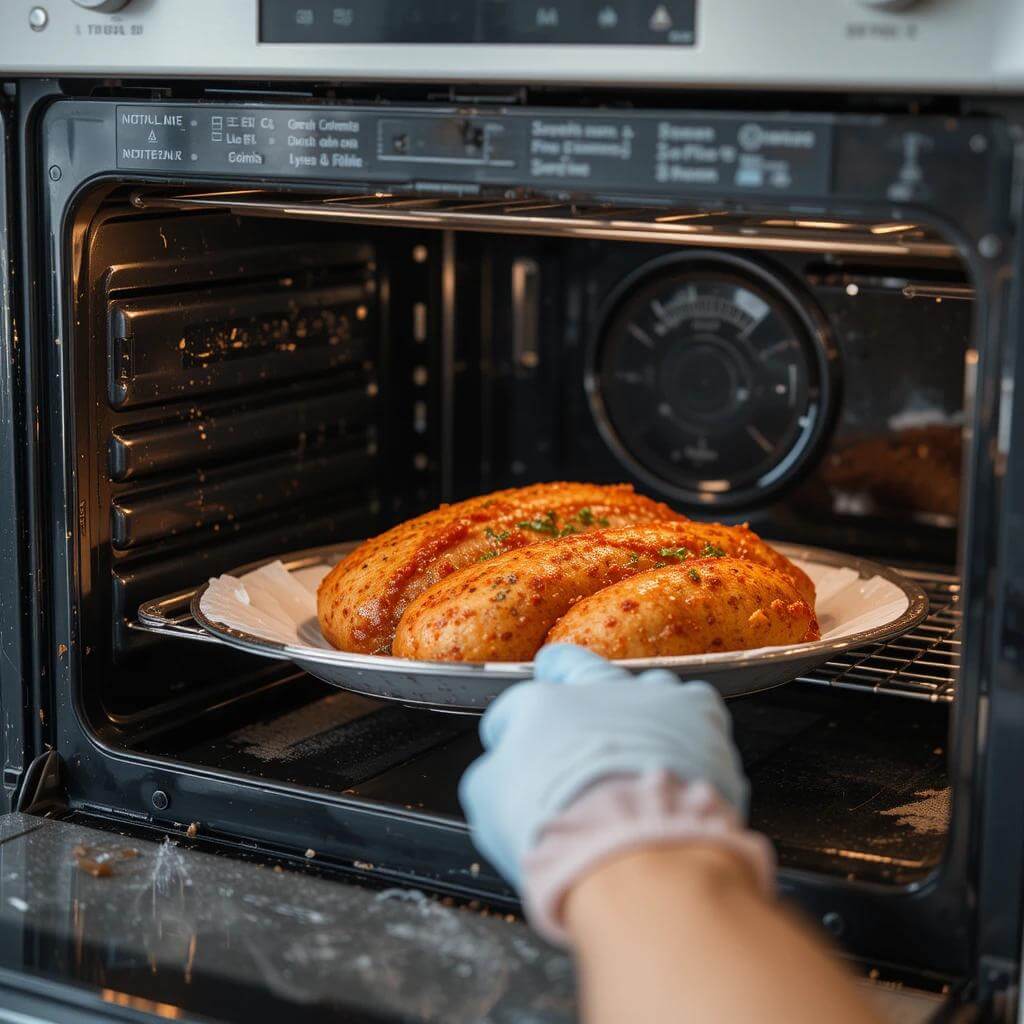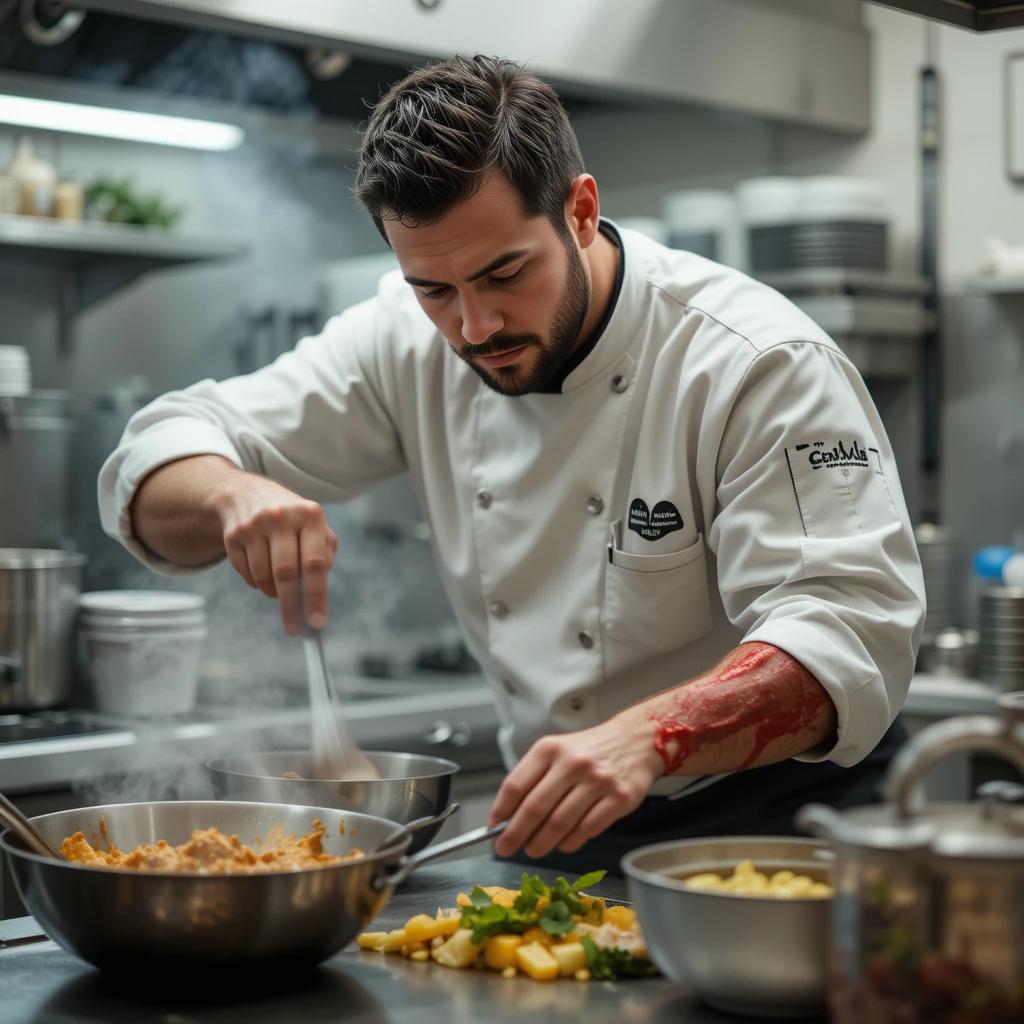Home kitchens can be great places to create, nourish and gather. But although they can provide fun, they can also become risky if safety is not a priority. Kitchen burns and injuries are unfortunate ingredients in the cooking process, but they can largely be avoided with precautions. -What to Do This guide covers all simple tips and tricks to keep your kitchen safe and free of injury.
Why Kitchen Safety Matters
Did you know that the kitchen is one of the most accident-prone regions in the home? In fact, statistics show thousands of emergency room visits from kitchen injuries every year. These accidents range from minor cuts and burns to more serious injuries, and they often occur as a result of avoidable mistakes.
Knowing how burns happen and what can be done for fire safety, not only protects you but also your family. Whether you consider yourself an upscale weekend chef or a dedicated home cook, being serious about kitchen safety is one way that you can set yourself up for a more fun (and less stressful) cooking experience.
Common Kitchen Burns You Should Know About
Before addressing safety measures, it’s worth noting the types and causes of Kitchen burns and injuries that can occur in the kitchen.
Types of Burns
First-Degree Burns
These burns only injure the outer layer of skin, leading to red, irritated skin. They’re usually the result of short exposure to a hot surface. These burns can usually be treated effectively with a quick application of cool water.
Second-Degree Burns
These are more severe and affect both the outer layer as well as the dermis (the layer beneath the skin). They are typically the result of long exposure to heat, such as holding a hot pan too long.
Third-Degree Burns
Third-degree burns, the most serious type, destroy all layers of the skin and can reach tissues below. Such conditions necessitate immediate medical attention.

Familiar Sources of Kitchen Burns
- Boiling water and hot stoves
- Scorching skillets and oily spatters
- Racks and trays in a hot oven
- The steam from boiling pots and kettles
Essential Safety Tips
These kitchen safety habits will get you started on making your space burn-proof.
Dress Appropriately
Avoid Loose Sleeves
Baggy clothing can then easily catch fire or get caught on handles, posing a danger while you cook. Choose form-fitting clothing during cooking.
Wear Heat-Resistant Gloves
When you handle hot cookware, always use heat-resistant gloves or mitts to protect your hands and wrists from burns.

Keep Flammable Items Away
- Always take care to keep flammable materials, such as paper towels, oven mitts and kitchen towels, away from open flames or heating elements.
- Spring for silicone-based tools that are not as prone to ignite as cotton fabrics.
Safe Cooking Practices
Not getting burned is about developing good habits in the kitchen. Listed below are some of the important practices to ensure safe cooking:
Use the Back Burners
Cooking on the back burners, she notes, keeps hot surfaces away from the edges, where they’re more likely to catch a curious hand, while also avoiding accidental tipping.
Turn Pot Handles Inward
Always turn pot and pan handles inward to prevent knock-overs. This is especially important if you have children around.
Keep the Work Area Clutter-Free
A tidy kitchen is not only visually appealing but it also minimizes the chances of accidents. Make sure that your cooking environment is clear of hazards, such as spilled liquids or misplaced tools.
Proper Equipment Usage
It’s not just about having the right tools. How to use them properly is nearly as critical to avoiding burns and injuries.
Heat-Resistant Tools
Use utensils from silicone or stainless steel that can withstand very the high heat. Wooden spoons are versatile, but they can take on some charring if left near heat.
Check Cookware Condition
Handles on pans that are loose or have a crack can slip and burn. Regularly check on your pots, pans, and other cookware to see if they’re showing signs of wear.
Why Oven Mitts Matter
Always use oven mitts or pot holders to handle anything hot. Always make sure they are dry, as a damp mitt transfers heat faster and could result in scalds.

First Aid for Burns
Despite all the precautions, accidents do happen. So knowing how to act when burns are made quickly is important.
Immediate Steps
Cool the Burn
Flush the affected area immediately under cool (not cold) running water for 10-15 minutes. This can both help reduce pain and prevent damage to the skin.
Cover the Area
There’s no need to apply antibiotic ointment and, ideally, use a sterile, non-stick, non-adhesive bandage to keep the burn protected as it heals.
When to Seek Medical Help
If the burn is bigger than 3 inches or on sensitive areas like the face, hands or the joints, go to the doctor immediately.
Recap and Call to Action
By following this advice, be sure to wear appropriate clothing, follow safe cooking practices and use the appropriate tools can drastically reduce the risk of Kitchen burns and injuries.
Keep in mind that making your kitchen safe is not a matter of following rules. It’s about establishing habits you practice to safeguard each person in your home, and to keep the actual cooking a fun experience.
If this guide has been of use, share with your fellow home cooks, bakers, and food lovers! visit for our more blog posts to get more tips and tricks for the kitchen and never miss out on expert advice.
Stay safe and keep cooking!
FAQ
Burns in the kitchen are mainly caused by:
Hot surfaces (stove, oven, pans)
Boiling liquids (water, oil, soup)
Steam burns (from pots, kettles, pressure cookers)
Grease fires (hot oil splashes or ignites)
Electrical burns (malfunctioning appliances or exposed wiring)
The five types of burns include:
Thermal burns – From hot surfaces, flames, or boiling liquids
Chemical burns – From cleaning agents, acids, or strong bases
Electrical burns – From faulty wiring or appliances
Radiation burns – From microwave or UV exposure
Friction burns – From rubbing against hot surfaces
In the kitchen, the most common burns are:
Scald burns (boiling water, steam, or hot liquids)
Contact burns (touching hot pots, pans, or oven racks)
Flame burns (from gas stoves or grease fires)
Oil burns (hot oil splashing from frying pans)
Electrical burns (damaged appliances or wet hands near sockets)
The five major causes of burn injuries in the kitchen are:
Hot liquids and steam (boiling water, coffee, soup)
Open flames (gas stoves, candles)
Hot surfaces (stove burners, ovens, grills)
Grease fires (overheated oil catching fire)
Electricity (faulty appliances, exposed wires)
For minor kitchen burns:
Cool the burn under running cool (not cold) water for 10–15 minutes
Cover with a clean, non-stick bandage
Apply aloe vera or burn ointment
Avoid popping blisters
For severe burns (deep burns, white/charred skin, or large blisters):
Seek medical attention immediately
The most common kitchen injuries include:
Burns (from hot oil, steam, or fire)
Cuts (from knives, graters, or broken glass)
Slips and falls (from spilled liquids or greasy floors)
Electric shocks (from faulty appliances or wet hands near outlets)

